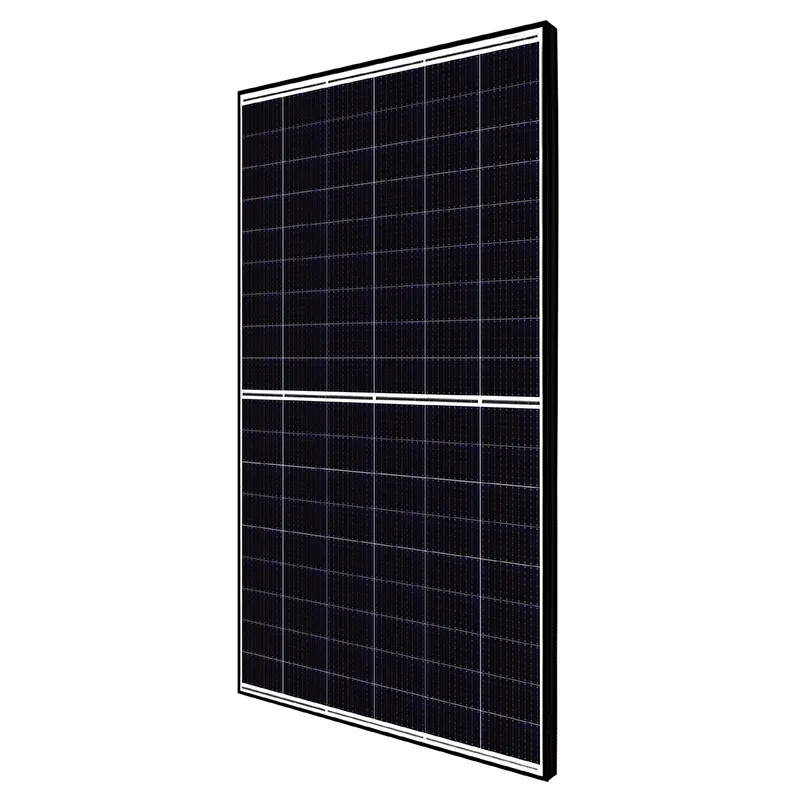efficiency of solar panels in space
The Efficiency of Solar Panels in Space A Comprehensive Overview
Solar panels have revolutionized our approach to harnessing energy on Earth, but their application in space is a complex endeavor with unique challenges and opportunities. As spacecraft become more advanced and missions extend farther into the solar system, understanding the efficiency of solar panels in the harsh conditions of space has never been more critical.
The Basics of Solar Panel Efficiency
Solar panel efficiency refers to the percentage of sunlight that can be converted into usable electricity. On Earth, this efficiency typically ranges from 15% to 22% for commercial panels, depending on the technology used. However, the dynamics change significantly in space due to different factors such as the absence of atmospheric interference, intense solar radiation, and extreme temperature variations.
In space, solar panels can achieve higher efficiency rates, reaching up to 30% or more. This improvement is primarily due to the lack of atmospheric scattering and absorption, allowing solar panels to capture a greater amount of direct sunlight. Furthermore, advancements in photovoltaic technology, such as multi-junction cells, have enabled the production of panels that can convert a broader spectrum of sunlight into electricity.
Types of Solar Panels Used in Space
Two major technologies dominate the solar panel landscape in space silicon-based solar cells and gallium arsenide (GaAs) solar cells
.1. Silicon-based Solar Cells Widely used in terrestrial applications, silicon solar cells have a proven track record. However, their performance in space is limited by factors like radiation damage over time. Despite this, they are still utilized in various satellites and space missions due to their cost-effectiveness and reliability.
2. Gallium Arsenide Solar Cells These cells are highly efficient and resistant to radiation damage, making them ideal for long-duration space missions. GaAs panels can achieve efficiencies of over 30% and are commonly used in high-performance applications, such as powering satellites and space probes exploring distant planets.
efficiency of solar panels in space

Challenges Faced by Solar Panels in Space
While solar panels in space can be more efficient than their terrestrial counterparts, they also face significant challenges. One of the primary concerns is the harsh environment of space, which includes extreme temperatures, radiation exposure, and micrometeoroid impacts.
- Radiation Damage Continuous exposure to cosmic rays and solar radiation can degrade the materials used in solar panels, leading to a decrease in efficiency over time. Research is ongoing to develop protective coatings and more durable materials that can withstand these conditions.
- Temperature Variations Spacecraft can experience extreme temperature fluctuations, ranging from hundreds of degrees in direct sunlight to nearly absolute zero in shadow. These drastic changes can affect the performance of solar panels, requiring careful thermal management systems to ensure optimal energy generation.
- Dust and Contamination In certain missions, such as those involving Mars or other planetary bodies, solar panels face the risk of dust accumulation, which can inhibit performance. Innovative designs and self-cleaning technologies are being explored to mitigate this issue.
Future Prospects
Looking ahead, the efficiency of solar panels in space is poised for significant advancements. Research into new materials, such as perovskite solar cells and organic photovoltaics, shows promise for achieving even higher efficiencies and greater durability. Additionally, as missions extend beyond Mars toward the outer planets and potentially beyond our solar system, the design and functionality of solar panels will need to evolve accordingly.
In conclusion, the efficiency of solar panels in space is a dynamic field that continues to evolve as technology advances. With the right innovations and adaptations to tackle the unique challenges posed by the space environment, solar power can play an increasingly vital role in supporting future explorations and sustaining long-term human presence in space. As we prioritize renewable energy sources, the lessons learned from space applications may very well inform improvements in solar technology on Earth, creating a symbiotic relationship between our planet and the cosmos.
-
String Solar Inverter: The High-Efficiency Solution for Smart Solar EnergyNewsJul.14,2025
-
Revolutionizing Rooftop Energy with the Power of the Micro Solar InverterNewsJul.14,2025
-
Power Independence with Smart Off Grid Solar Inverter SolutionsNewsJul.14,2025
-
On Grid Solar Inverter: Powering the Future with Smart Grid IntegrationNewsJul.14,2025
-
Monocrystalline Solar Panels: High-Efficiency Power for the Future of Clean EnergyNewsJul.14,2025
-
Bifacial Solar Panel: A Smarter Investment for Next-Generation Energy SystemsNewsJul.14,2025







